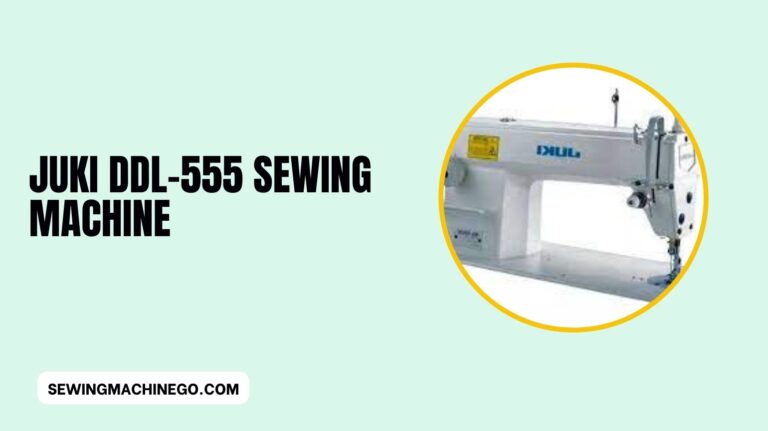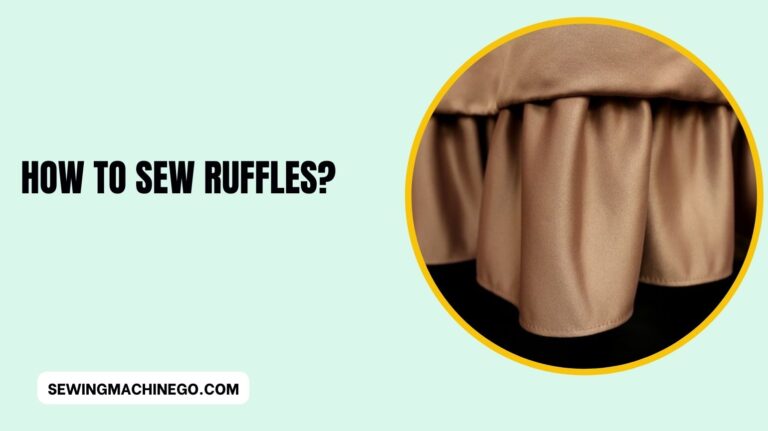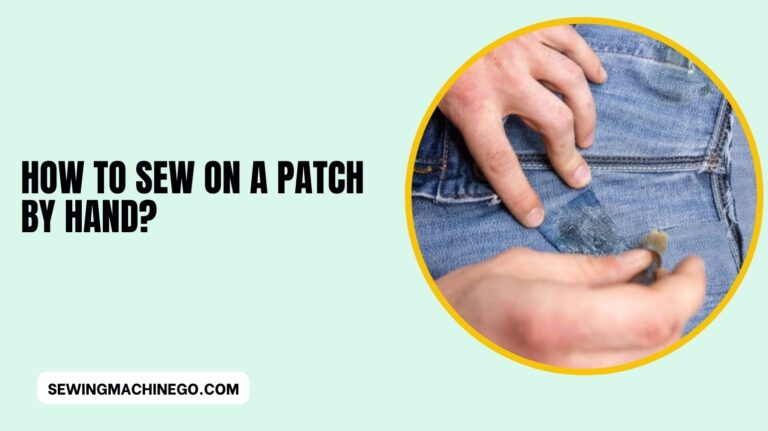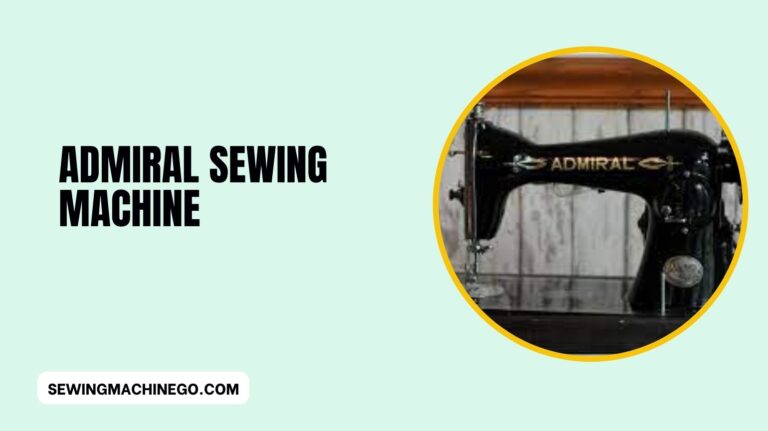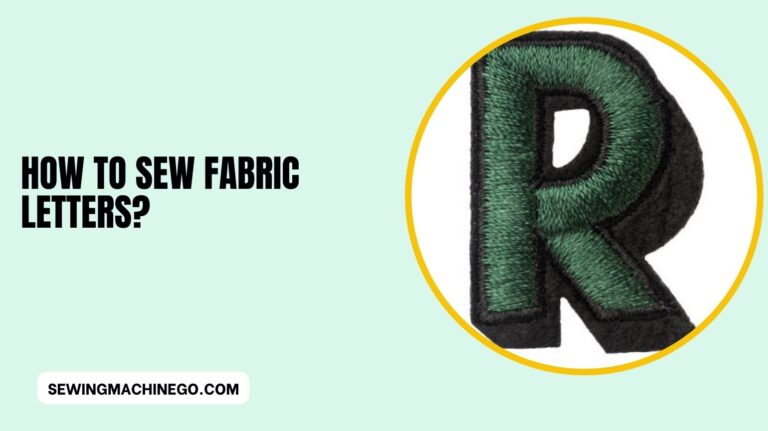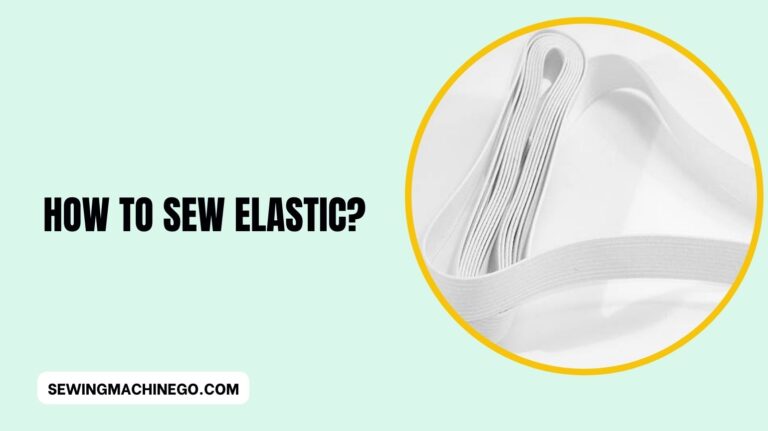How to Use Sewing Machine Mini? (Easy Guide) Of 2023
Mini sewing machines have gained immense popularity among sewing enthusiasts for their compact size and versatility.
How to Use Sewing Machine Mini? Whether you’re a beginner or a seasoned sewer, these little powerhouses can help you complete a wide range of sewing projects.
In this article, we will guide you on how to use a mini sewing machine effectively. Let’s get started!
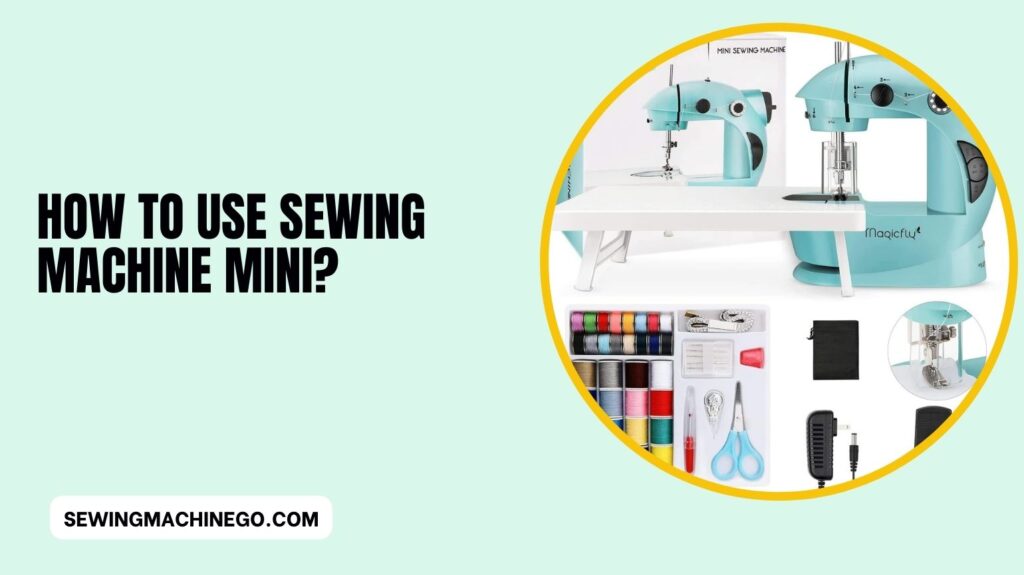
Introduction to Mini Sewing Machines
Mini sewing machines are lightweight and portable, making them a perfect choice for small sewing tasks and projects.
They are ideal for quick repairs, alterations, and even creative sewing. These machines come in various models, each offering unique features and capabilities.
Benefits of Mini Sewing Machines
Before we dive into the specifics of using a mini sewing machine, let’s explore some of the advantages they offer:
- Portability: Mini sewing machines are easy to carry and store, making them a great choice for those with limited space.
- User-Friendly: They are designed for both beginners and experienced sewers, with user-friendly features.
- Cost-Effective: Mini sewing machines are often more affordable than full-sized models.
- Versatility: They can handle various sewing tasks, from basic stitching to decorative work.
Types of Mini Sewing Machines
There are two main types of mini sewing machines: manual and electric. Manual mini-sewing machines are operated by hand, while electric ones come with a motor for added convenience. Choose the one that suits your needs and preferences.
Getting Started: Setting up Your Mini Sewing Machine
Here are the Getting Started: Setting up Your Mini Sewing Machine:
Unboxing and Componentse
When you first get your mini sewing machine, carefully unbox it and check all the components. Typical components include the machine itself, a foot pedal (for electric models), bobbins, needles, and a user manual.
Threading the Machine
Threading your mini sewing machine is a crucial step. Follow the user manual’s instructions to ensure the thread is correctly fed through the machine’s tension and needle.
Winding the Bobbin
The bobbin is essential for holding the lower thread. Wind the bobbin as instructed in the user manual to ensure smooth sewing.
Sewing Basics
Now that your mini sewing machine is set up, it’s time to get familiar with the basics of sewing.
Fabric Selection and Preparation
Choose the appropriate fabric for your project and prepare it by washing, ironing, and cutting it to the desired size and shape.
Stitch Selection
Mini sewing machines offer different stitch options. Select the stitch that suits your project and adjust the stitch length and width as needed.
Sewing Techniques
Practice sewing on scrap fabric to get a feel for your machine’s speed and operation. Pay attention to your sewing speed, as well as guiding the fabric correctly.
Maintenance and Care
Here are the Maintenance and Care:
Cleaning Your Mini Sewing Machine
Regularly clean your mini sewing machine to remove dust and lint that can affect its performance. Refer to the user manual for cleaning instructions.
Troubleshooting Common Issues
If you encounter any issues while sewing, such as thread jams or tension problems, consult the troubleshooting section in the user manual.
Creative Sewing Projects with Mini Sewing Machines
Mini sewing machines are not just for basic repairs. You can use them to embark on various creative projects.
Making Mini Quilts
Create charming mini quilts using different fabrics and stitches. Mini sewing machines are perfect for piecing together quilt blocks.
Hemming and Alterations
Shorten pants, skirts, or sleeves with ease. Mini sewing machines are excellent for making quick alterations.
Crafting Small Accessories
Design and sew small accessories like pouches, bags, and decorative items. Let your creativity run wild.
Tips for Efficient Usage
Here are the Tips for Efficient Usage:
Working with Different Fabrics
Mini sewing machines can handle a variety of fabrics, but it’s essential to adjust the machine settings according to the material you’re working with.
Using Specialty Feet
Explore the use of specialty presser feet that can help you sew zippers, buttons, and more with precision.
Safety Precautions
Always practice safety when using your mini sewing machine. Keep your fingers away from the needle, unplug the machine when not in use, and follow all safety guidelines.
People also ask
How do you thread a mini sewing machine for beginners?
Threading a mini sewing machine for beginners is a straightforward process:
Prepare the Thread: Cut a length of thread and place the spool on the machine’s spool pin.
Thread the Upper Path: Follow the numbered guides on your machine, usually indicated by arrows. Pass the thread through each guide, including the tension discs.
Thread the Needle: Thread the end of the thread through the eye of the needle from front to back.
Wind the Bobbin: If needed, wind the bobbin following the user manual’s instructions.
Bring Up the Bobbin Thread: Hold the upper thread with your hand, turn the handwheel towards you to lower the needle, and then raise it. This action will catch the bobbin thread, which you can pull up.
Start Sewing: You’re now ready to start sewing with your mini sewing machine.
What can the mini sewing machine sew?
Mini sewing machines are versatile and can sew a variety of items, including:
Clothing: Mini sewing machines can handle simple garment repairs, alterations, and even the creation of basic clothing items.
Home Décor: They are suitable for sewing curtains, pillow covers, and other home decor projects.
Crafts and Accessories: Mini sewing machines are great for crafting small items like pouches, bags, and accessories.
Quilting: You can use them for quilting smaller projects and piecing together quilt blocks.
Embroidery and Decorative Stitching: Some mini sewing machines offer decorative stitching options for embroidery and creative designs.
Does a mini portable sewing machine work?
Yes, mini portable sewing machines work effectively for various sewing tasks.
They are designed to handle lightweight and small to medium-sized projects, making them ideal for quick repairs, alterations, and crafting.
However, their performance may vary depending on the brand and model, so it’s essential to choose one that suits your specific sewing needs.
How do you use a handheld sewing machine?
Using a handheld sewing machine is relatively simple:
Prepare the Machine: Load the machine with the appropriate thread and make sure it’s adequately threaded.
Hold the Fabric: Hold the fabric pieces you want to sew together, ensuring they align correctly.
Stitching: Press the machine’s trigger to start stitching. Guide the machine along the fabric’s edge, moving it steadily in a straight line.
Knot the Thread: After sewing, manually tie a knot to secure the thread, as handheld machines typically don’t have an automatic thread cutter.
Conclusion – How to Use Sewing Machine Mini?
In Conclusion, Using a mini sewing machine can be a rewarding experience, offering convenience and versatility for a wide range of sewing projects.
With the right knowledge and practice, you can master the art of sewing with your mini machine. Enjoy your sewing journey!

Hi, I am Alice, and I am your perfect guide to the world of sewing machines. With over 10 years of experience in the sewing industry, I am passionate about sharing my knowledge and expertise to help you make the most of your sewing journey. about me

